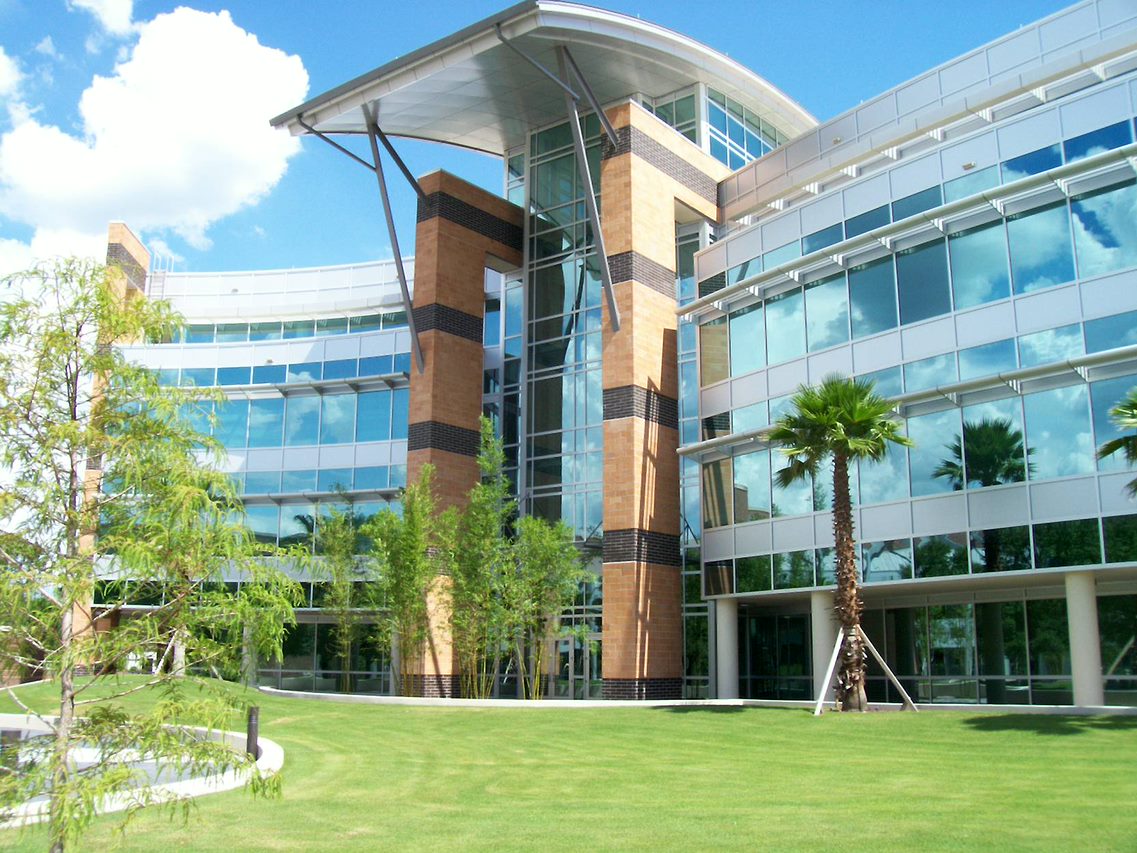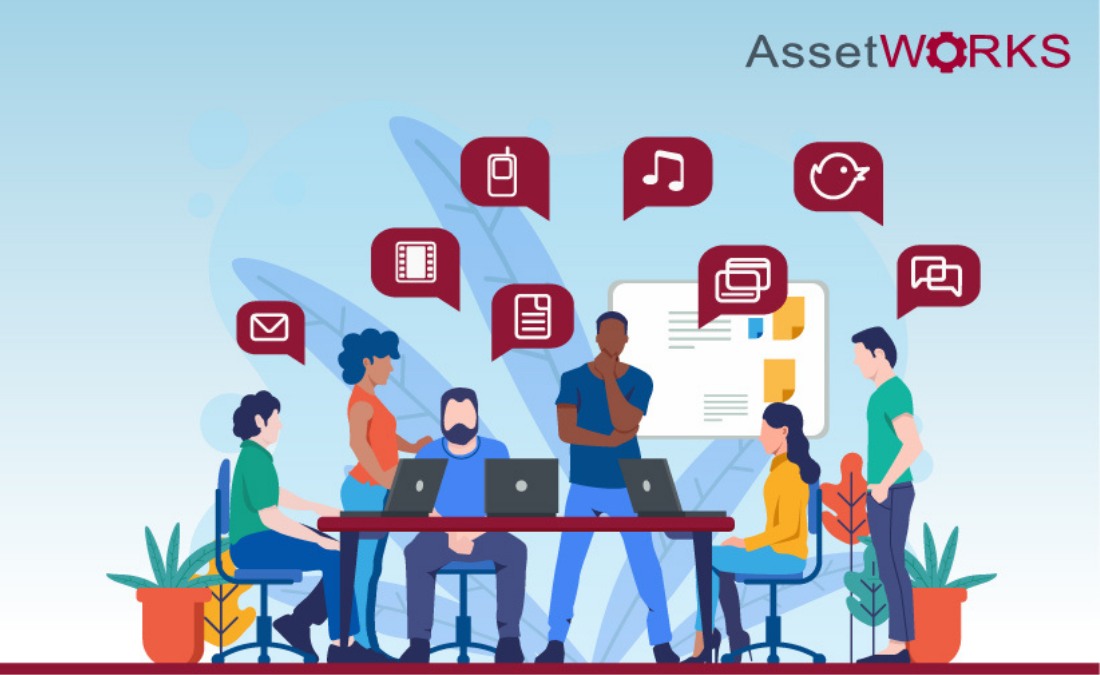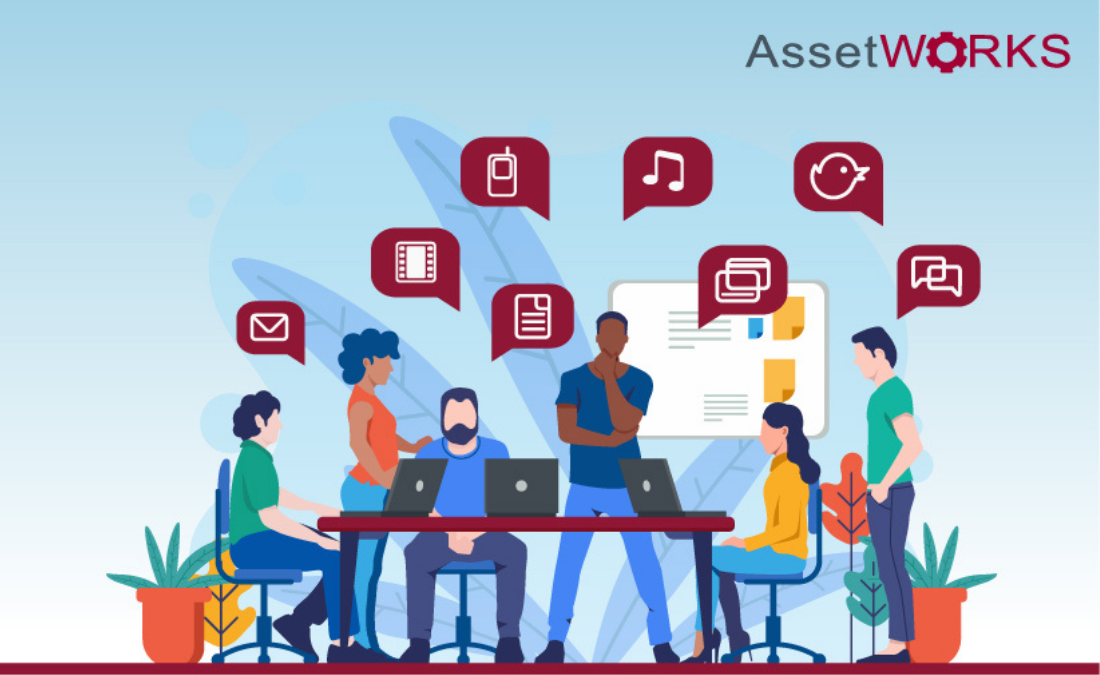What is the Best IWMS Software for Higher Education?

Greg Jarboe

When you search for the term, “IWMS” (Integrated Workplace Management System), you will find lots of results for IWMS software vendors with solutions that seem better suited to real estate and facilities professionals at commercial organizations who manage millions of square feet of warehouse and distribution space. You need to search for the “best IWMS software for higher education” in order to find results that are relevant and useful to the Director of Facilities at a college or university with a complex infrastructure and changing needs.
The reason why is fairly straightforward. The standard definition of “workplace” is “a place where people work, such as an office or factory.”
But, don’t give up searching for “integrated workplace management systems.”
It turns out that “workplace” is being redefined faster than you can say, “Coronavirus.” In addition, IWMS solutions are becoming more employee-centric, expanding their touchpoints to include all building occupants and visitors. And this includes students as well as faculty and staff at colleges, universities, community colleges, graduate schools, conservatories, and institutes of technology.
What are the problems facing higher education?
So, why has finding the “best IWMS software for higher education” become so important? Many of the problems facing higher education were apparent BEFORE March 11, 2020, when the World Health Organization (WHO) declared that COVID-19 was a global pandemic.
- A majority of institutions had not filled their classes by July 1, 2019, according to the “2019 Inside Higher Ed Survey of College and University Admissions Officials.”
- $1.5 trillion college debt crisis was changing how people view the value of a college degree.
- State funding for public colleges was down, and financial difficulties for private colleges were up.
- America’s global rankings had slipped, and international students were enrolling elsewhere.
Then, the coronavirus crisis hit higher education like a wrecking ball. An article in The New York Times entitled, “After Coronavirus, Colleges Worry: Will Students Come Back?,” which was written by Anemona Hartocollis, spelled out in great detail why colleges and universities are concerned about the potential for shrinking enrollment and lost revenue:
- “Lucrative spring sports seasons have been canceled, room and board payments have been refunded, and students at some schools are demanding hefty tuition discounts for what they see as a lost spring term. Other revenue sources like study abroad programs and campus bookstores have dried up, and federal research funding is threatened.
- “Colleges have seen their endowments weakened, and worry that fund-raising efforts will founder even as many families need more financial aid.
- “They also expect to lose international students, especially from Asia, because of travel restrictions and concerns about studying abroad. Foreign students, usually paying full tuition, represent a significant revenue source everywhere, from the Ivy League to community colleges….
- “Administrators anticipate that students grappling with the financial and psychological impacts of the virus could choose to stay closer to home, go to less expensive schools, take a year off or not go to college at all. A higher education trade group has predicted a 15 percent drop in enrollment nationwide, amounting to a $23-billion revenue loss.”
This is why you are being asked to do more with less.
Is there an IWMS for higher education?
So, as a Director of Facilities at a college or university with a complex infrastructure and changing needs, is there a solution that will help you to do more with less?
Yes, there is.
And, you don’t have to take my word to decide for yourself that there is an IWMS “solution” for your campus. All you need to do is watch this brief video entitled, “IWMS for Higher Education,” which AssetWorks uploaded to YouTube back on July 1, 2014.
Yes, this video was uploaded almost seven years ago. And, no, it doesn’t use high-end production. But, it demonstrates that AssetWorks has been focused on providing “the preeminent IWMS solution to institutions of higher education with significant investments in facilities and real estate” for a long time.
So, yes, there is an IWMS solution for colleges and universities with a complex infrastructure and changing needs. And, as the video above indicates, the best IWMS software for higher education should provide five key pillars of capability:
- Real estate and property management, which enables a Director of Facilities to oversee every aspect of his or her portfolio, including real estate database management, lease management and tracking, property management, accounting, and budgeting.
- Space management, which provides accurate data to pinpoint the total cost of owned and leased space across your college or university.
- Operations and maintenance (O&M), which can help your higher education institution to reduce inventory carrying costs, improve asset availability, limit equipment downtime, and reduce facilities maintenance costs campus-wide.
- Capital planning and project management (CPPM), which helps your college or university increase fiscal controls and improve financial accountability for capital projects, reduce their risk profile through improved regulatory compliance, and streamline capital planning and management processes to reduce CAPEX and improve rates of return from capital investments.
- Energy management, which enables your higher education institution to identify energy inefficiencies and squeeze greater savings from your current energy management program by blending energy management and feature-rich business intelligence into a single, fully-integrated solution.
Together, these capabilities make an Integrated Workplace Management System an IWMS solution for colleges and universities.
What are the benefits of an IWMS for your higher education institution?
There are several IWMS benefits that can help you do more with less. The best IWMS solution should:
- Provide visibility for real property assets by offering a window into space, energy, and operating programs as well as their effect on capital.
- Foster accountability by providing mechanisms for internal measurement and verification and supplying evidence of documented savings.
- Promote transparency by making baseline reporting readily available to all stakeholders and preventing the “gaming” of data.
- Monetize results by generating energy, space and operational savings as well as reducing deferred maintenance backlogs and increasing asset lifecycles.
What kind of results can you expect? At the very least, you and your college or university become better stewards of your facilities and real estate. In addition, your higher education institution should see:
- A reduction in energy spend.
- Savings through indirect cost recovery.
- Savings from operations and maintenance.
- A reduction in equipment downtime.
- A reduction in total cost of ownership (TCO).
- An estimated annualized savings per square foot.
Who uses an IWMS in higher education?
Now, if I were in your shoes, then I’d want to know which colleges and universities are using IWMS software. Well, let me give you three examples.
First, you can watch “AiM Case Study: The University of Central Florida.” With well over 60,000 in enrollment, the University of Central Florida (UCF) has one of the largest student bodies among US colleges and universities. The facilities team at UCF is leveraging IWMS software, AiM from AssetWorks, to manage over 12 million square feet of space. In this video, they highlight some of their early successes and their plans for the future.
If you would prefer to read a longer text version of the UCF case study, then read “Harnessing the Power of IWMS in the Sunshine State.” I worked with UCF from 1999 to 2001 when I was the Vice President of Marketing at WebCT. They were early adopters of e-learning back then and I’m not surprised that they are early adopters of IWMS software, too.
Next, you can read the Appalachian State University case study. Located in the Blue Ridge Mountains of western North Carolina, App State enrolls more than 20,000 students. The university’s Physical Plant Department is responsible for creating and maintaining an aesthetically pleasing, environmentally sustainable and energy efficient environment for the campus community by maintaining 110 buildings and 1,300 acres of grounds (including the 410-acre main campus), as well as by providing auxiliary services and preserving the value of the university’s 5.1 million gross square feet of infrastructure.
Prior to installing a Web-based Integrated Workplace Management System (IWMS), ASU relied on a homegrown UNIX system that was originally developed in the 1980’s and ran on a legacy DEC server. Over the years, this system became increasingly difficult to maintain and update, because much of the information was deeply hard-coded into the software. Sharing information inter-departmentally was difficult and the existing library of reports was inadequate.
Finally, read the four-part series featuring the APPA Award-Winning Team at Oklahoma State University, which was written by Sean O'Brien. You’ll find the series on this blog at:
- “Implementing a Best-In-Class IWMS on Any Budget (Part 1 of 4).”
- “Implementing a Best-In-Class IWMS on Any Budget (Part 2 of 4).”
- “Implementing a Best-In-Class IWMS on Any Budget (Part 3 of 4).”
- “Implementing a Best-In-Class IWMS on Any Budget (Part 4 of 4).”
And, if you want more examples, then contact one of your colleagues who heads up facilities at another college, university, community college, graduate school, conservatory, or institute of technology. AssetWorks has the most used IWMS in higher education. And the company has a customer retention rate of over 98%.
What if you are not ready to issue an IWMS RFP?
Now, some other IWMS software vendors might conclude a post like this with tips for drafting an IWMS RFP. And, if you are a Director of Facilities at one of the colleges or universities that Deirdre Fernandes wrote about in her story in The Boston Globe entitled, “Colleges are planning for a more normal fall,” then AssetWorks offers some RFP Resources that are designed to help you make the equivalent of the “Kessel Run” in less than twelve parsecs.
But, the higher education team at AssetWorks understands the challenges of doing more with less. Since 1991, they’ve helped hundreds of colleges and universities with software solutions that improve the facilities customer experience, create data transparency, increase efficiency, and reduce overall costs. And their team of experts understands that you don’t want to feel rushed – even if you are under pressure to find the best IWMS software quickly.
They also realize that this represents a strategic opportunity for you and your team. Nicole Rupersburg wrote an article entitled, “The New Leadership Role of Facilities Officers,” which was published by The Higher Ed Facilities Forum on March 12, 2021. She says “this pandemic year has changed the role of facilities leaders going forward” and this provide you with the opportunity to seize this moment to solidify your newfound seat at the table.
So, here’s a tip that I’ll share with you no matter what stage of the buying journey you are currently in: Contact one of the higher education experts at AssetWorks. If you have questions about IWMS technology or IWMS implementation, just ask them. Do you want to learn more about IWMS solutions or IWMS benefits? They will be happy to help you.
I participated in on one of their recent Zoom meetings and we discussed why the buying journey isn’t linear. In fact, decision-makers engage in what might be called a “looping” process that goes back and forth between exploration and evaluation. And the best way that an IWMS provider can help a Director of Facilities at a higher education institution with a complex Infrastructure and changing needs is to provide him or her with expert, authoritative, and trustworthy advice.
This explains why AssetWorks has earned a customer retention rate of over 98%. A leader since 1991, AssetWorks has a veteran team dedicated to continued innovation to address the unique needs of the Director of Facilities at colleges and universities. At AssetWorks, they’re more than just an IWMS provider; they’re a family dedicated to the successful management of your higher education institution.
About Greg Jarboe
Greg Jarboe is the president and co-founder of SEO-PR, which has provided services to the University of the Pacific, the University of Pennsylvania, Rutgers University, and Dickinson College. Greg has been an instructor in several Rutgers Business School Mini-MBA programs.
In addition, Greg is the author of YouTube and Video Marketing and the co-author with Katie Paine of the Communications Measurement eBook for Higher Education. Before co-founding SEO-PR in 2003, Greg was VP of Marketing for WebCT, where he helped to triple the company’s installed base from 700 institutions in 36 countries to 2,172 institutions in 75 countries.
Subscribe to AssetWorks' Blog & Newsletter
We send out periodic updates to our facilities community.
Read On

Implementing a Best-In-Class IWMS on Any Budget (Part 1 of 4)
Part 1: Featuring the APPA Award-Winning Team at Oklahoma State University
OVERVIEW
Oklahoma State...
Learn more arrow_forward
Implementing a Best-In-Class IWMS on Any Budget (Part 3 of 4)
Part 3: Featuring the APPA Award-Winning Team at Oklahoma State University
QUICK SUMMARY
Learn more arrow_forward
Implementing a Best-In-Class IWMS on Any Budget (Part 4 of 4)
Part 4: Featuring the APPA Award-Winning Team at Oklahoma State University
QUICK SUMMARY
In part 3...
Learn more arrow_forward
